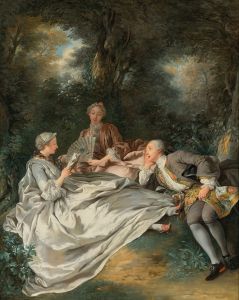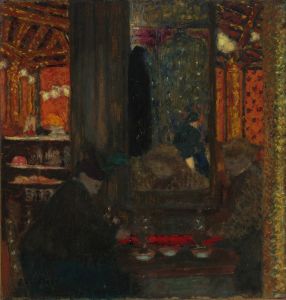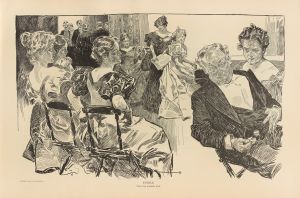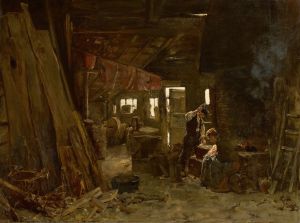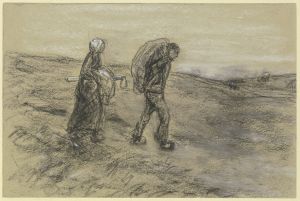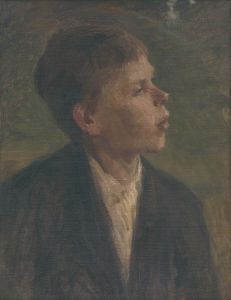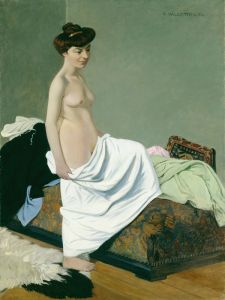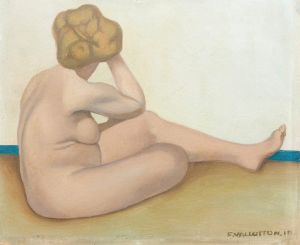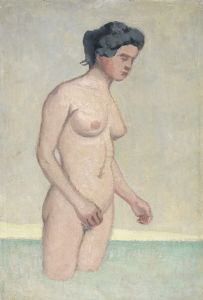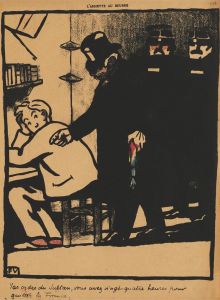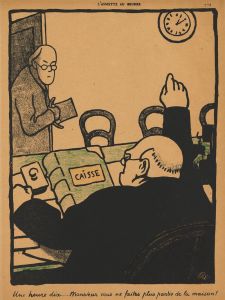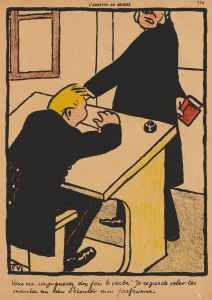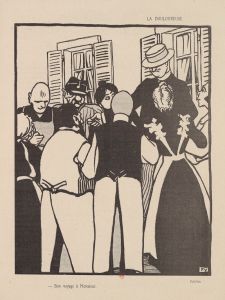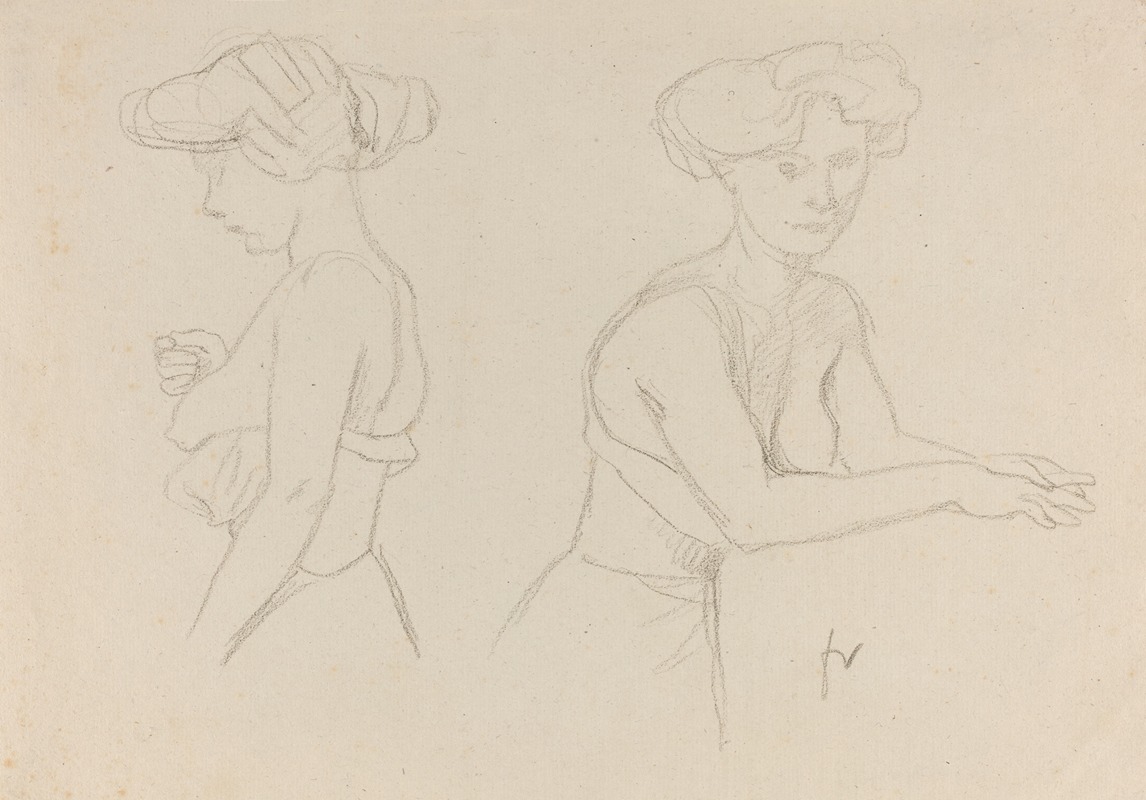
Two Studies of a Woman Dressing
A hand-painted replica of Félix Vallotton’s masterpiece Two Studies of a Woman Dressing, meticulously crafted by professional artists to capture the true essence of the original. Each piece is created with museum-quality canvas and rare mineral pigments, carefully painted by experienced artists with delicate brushstrokes and rich, layered colors to perfectly recreate the texture of the original artwork. Unlike machine-printed reproductions, this hand-painted version brings the painting to life, infused with the artist’s emotions and skill in every stroke. Whether for personal collection or home decoration, it instantly elevates the artistic atmosphere of any space.
"Two Studies of a Woman Dressing" is a painting by the Swiss-French artist Félix Vallotton, who was an influential figure in the late 19th and early 20th centuries. Vallotton was associated with the Nabis, a group of avant-garde artists in Paris who were known for their innovative approaches to color and composition. His work often explored themes of intimacy, domesticity, and the complexities of human relationships.
Félix Vallotton was born on December 28, 1865, in Lausanne, Switzerland. He moved to Paris in 1882 to study art at the Académie Julian, where he was exposed to the burgeoning movements of Impressionism and Post-Impressionism. Vallotton's early work was characterized by his skillful use of woodcuts, which gained him recognition for their bold lines and stark contrasts. These techniques would later influence his painting style, which often featured flat areas of color and a strong sense of design.
"Two Studies of a Woman Dressing" exemplifies Vallotton's interest in capturing intimate, everyday moments with a sense of detachment and observation. The painting depicts a woman in the process of dressing, a subject that allows Vallotton to explore the nuances of form and the play of light on the human body. The composition is notable for its simplicity and the way it captures a private moment with a sense of immediacy and realism.
Vallotton's approach to painting was often analytical, and he was known for his ability to convey emotion and narrative through subtle details. In "Two Studies of a Woman Dressing," the artist's use of color and composition creates a sense of quiet introspection. The painting reflects Vallotton's interest in the psychological aspects of his subjects, as well as his ability to depict the human figure with both precision and sensitivity.
Throughout his career, Vallotton's work was marked by a tension between realism and abstraction. He was influenced by the Symbolist movement, which sought to express ideas and emotions through symbolic imagery. This influence is evident in the way Vallotton imbues his scenes with a sense of mystery and ambiguity, inviting viewers to contemplate the deeper meanings behind the everyday actions depicted in his work.
In addition to his paintings, Vallotton was a prolific printmaker and writer. His contributions to the art world were significant, and his work continues to be celebrated for its unique blend of realism, symbolism, and modernist sensibilities. Vallotton's paintings are held in numerous public and private collections around the world, and his legacy as a key figure in the transition from 19th-century academic art to modernism is well established.
"Two Studies of a Woman Dressing" is a testament to Vallotton's skill as an observer of human nature and his ability to capture the subtleties of everyday life. The painting remains an important example of his work and offers insight into the themes and techniques that defined his artistic career.





